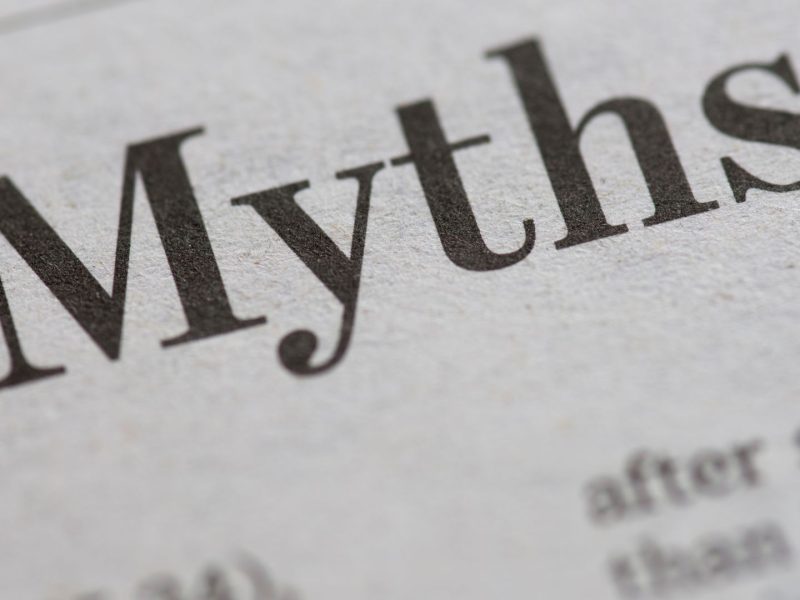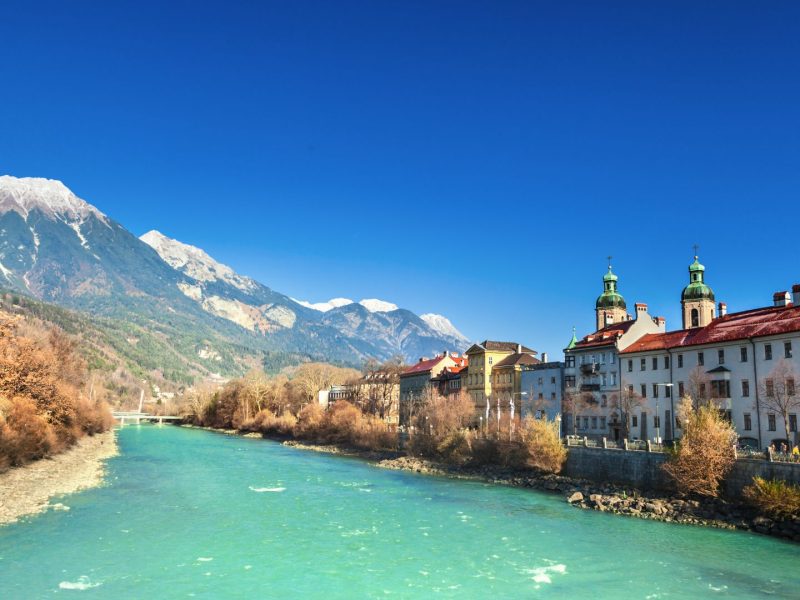Hotel Seasonality: How Hotels Can Build a Year-Round Growth Strategy

In hospitality, seasonality is often framed as a cycle of highs and lows: the summer rush, the winter lull, and the shoulder months that struggle to find balance. Many properties accept these patterns as inevitable. But for hotels that think differently, the seasonal calendar becomes a blueprint for innovation—not a limitation to endure but a terrain to master. That shift requires reimagining each part of the year—precision, pulse, pause—not as separate phases, but as interconnected chapters in a living brand narrative.
Below, each “chapter” is expanded and enriched with data, examples, and tactical insight, so the approach not only inspires, but guides execution.
Chapter 1: Precision – Mastering the Timing Game
First, let’s define what “precision” means in this context. It’s not merely choosing when to launch a package; it’s embedding your offers deeply into the subtle rhythms of your demand data, guest behavior, and external signals. The most thoughtful hotels study booking lead curves, pick-up rates, cancellation behavior, and historical occupancy fluctuations across several years to detect consistent patterns.
For instance: perhaps six months before peak season you see a sharp uptick in early-booking leisure stays, or weekends in October carry hidden demand tied to local festivals. Recognizing when demand begins to rise (or dip) allows you to preempt trends and launch tailored offers just ahead of the curve. Hotels using advanced demand modeling and market intelligence report 5–10 % higher revenues and more stable occupancy curves.
Next, precision extends into the offers themselves. It means designing packages that align with guest psychology in that specific moment. In January or February, travelers may crave wellness, renewal, or escape from the urban hustle. In a historic city, autumn may call for cultural-weekend experiences or gastronomic stays timed with food festivals. With offers crafted for what guests feel in that moment (not what you want to fill), even a traditionally “slow” month can become a strategic entry point. Apply dynamic pricing, minimum-stay incentives, or early-bird upgrades to align offers with willingness to pay.
In other words: you’re not merely selling rooms in low periods. You’re placing offers that feel perfectly timed, as though the guest’s needs and your calendar happen to align seamlessly. That kind of subtle alignment is what turns seasonality into strategy.

Chapter 2: Pulse – Capturing the Energy of Each Season
Once you’ve established precision, momentum naturally follows—but only if you learn to read and respond to the emotional pulse of each season. The calendar isn’t blank between your offers; it carries cultural tides, traveler moods, and external events. To tap into pulse means making your brand part of those evolving moments.
Cities offer a vivid example: as autumn arrives, travelers are drawn to leaf-scapes, cozy weekends, cultural programming. In winter, the draw shifts—festive markets, holiday lights, gastronomic escapes, and intimate themes. Spring invites terraces, rooftop bars, city strolls, gallery openings, music festivals. A hotel that adapts its storytelling accordingly doesn’t ask guests to “visit now.” It whispers: this is the moment you want to be here.
The analytics support this. Properties using seasonal-tailored experience campaigns (versus generic discounting) report up to 18 % increases in repeat bookings during off-peak months. Hotels that embrace packaged experiences—culinary weekends, artist retreats, cultural tie-ins—see higher engagement, better guest reviews, and deeper loyalty over time.
But pulse is more than offers—it’s narrative continuity. Guests should begin to sense that staying in your hotel in May, October, or December is not random. It’s part of a story they’ve followed—an evolving experience. A guest who came for a wine-harvest weekend in autumn may return for a winter wellness escape, then again for a spring cultural festival. The property becomes not a static place but a moving part of the seasonal story.
To keep that momentum, your marketing, visuals, storytelling, and even staff messaging should shift subtly with seasonal tone—not just promotions. The pulse chapter is where your brand feels alive, responsive, and emotionally resonant across the year.
Chapter 3: Pause – Redefining the Quiet Season
And then, inevitably, comes what many still think of as downtime. The pause. But this chapter is often misunderstood—and undervalued. For the hotels that treat it differently, pause can be the most strategic and ambitious segment of all.
During quiet months, demand is lower; occupancy may dip below 50 % (and in some truly seasonal properties, even lower) without intervention. Traditional thinking says: cut costs, reduce staff, wait it out. But visionary operators see this as a moment to experiment, to elevate intimacy, to build loyalty that lasts beyond the peak.
Imagine curated offerings exclusively for that time: local-artist residencies, private tasting dinners, wellness intensives, nature retreats, or workshops that only run during the slack months. Offer what someone can’t get anywhere else in January, February, or November. Make the quiet feel special—because it is.
These innovations do more than fill rooms. They become stories: the guest who visited in February remembers exactlyhow they felt—less crowd, more calm, more depth. That memory becomes part of the brand’s identity, not just an afterthought in the calendar. Over time, these guests become brand ambassadors who have experienced the property at its most curated.
In practice, managing pause also demands tactical discipline. Keep staffing lean but effective, maintain high standards of service, market deeply to niche audiences, and use this period to audit, refresh, and refine your commercial engine (web presence, partnerships, seasonal planning for next chapters).

Weaving It Together: From Precision to Pulse to Pause (and Back)
These three chapters—precision, pulse, pause—are not independent. They must flow into each other. Precision primes the moments. Pulse sustains the energy. Pause recharges the narrative and deepens loyalty. Then precision returns, amplified by the insights and momentum built in the prior chapter.
When executed well, this trilogy transforms hospitality from reactive scheduling to intentional storycraft. Revenue becomes steadier, brand identity becomes richer, guest loyalty deepens—and your property starts to exist not just in space, but in time.

